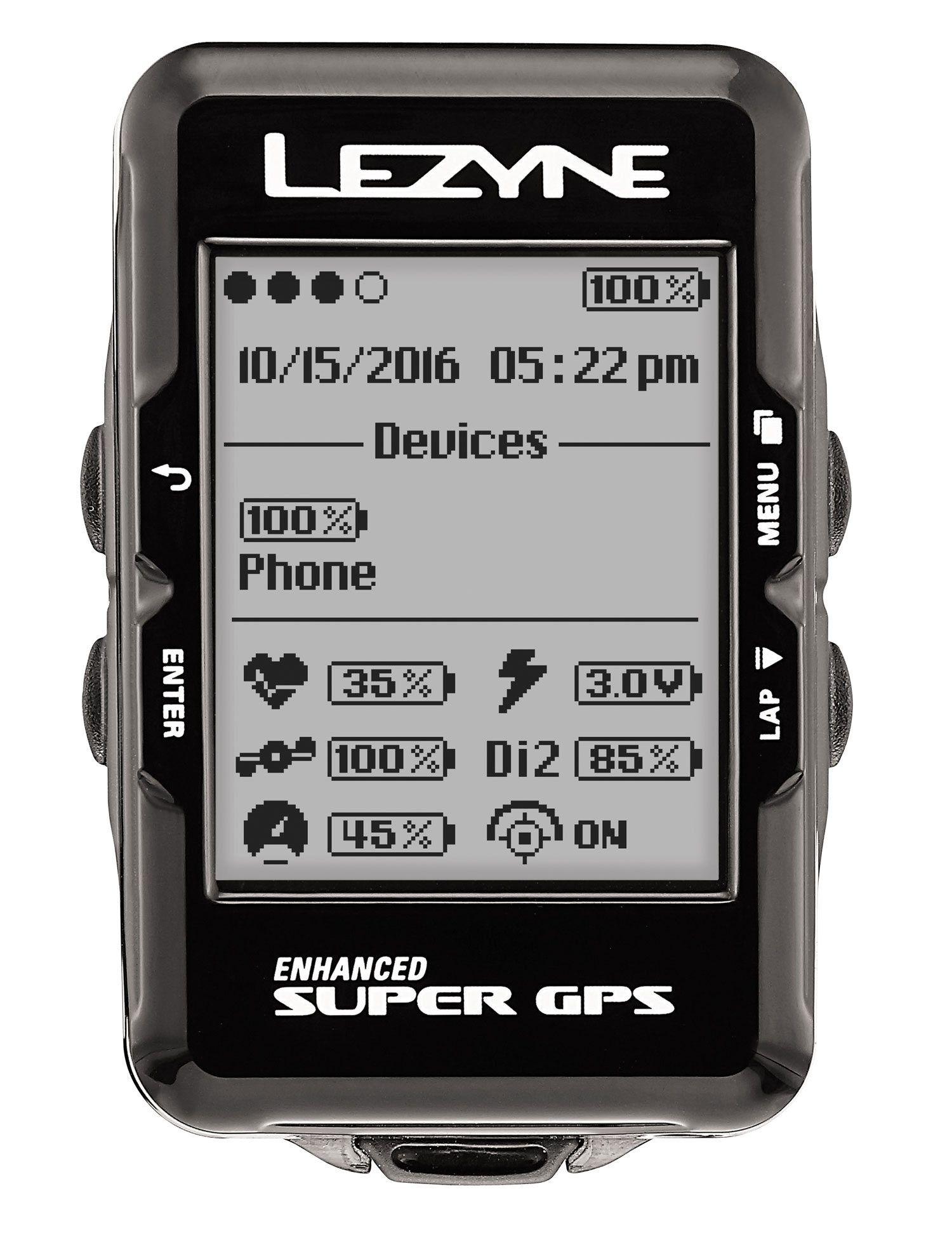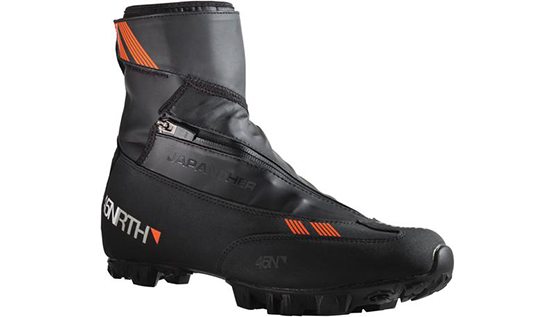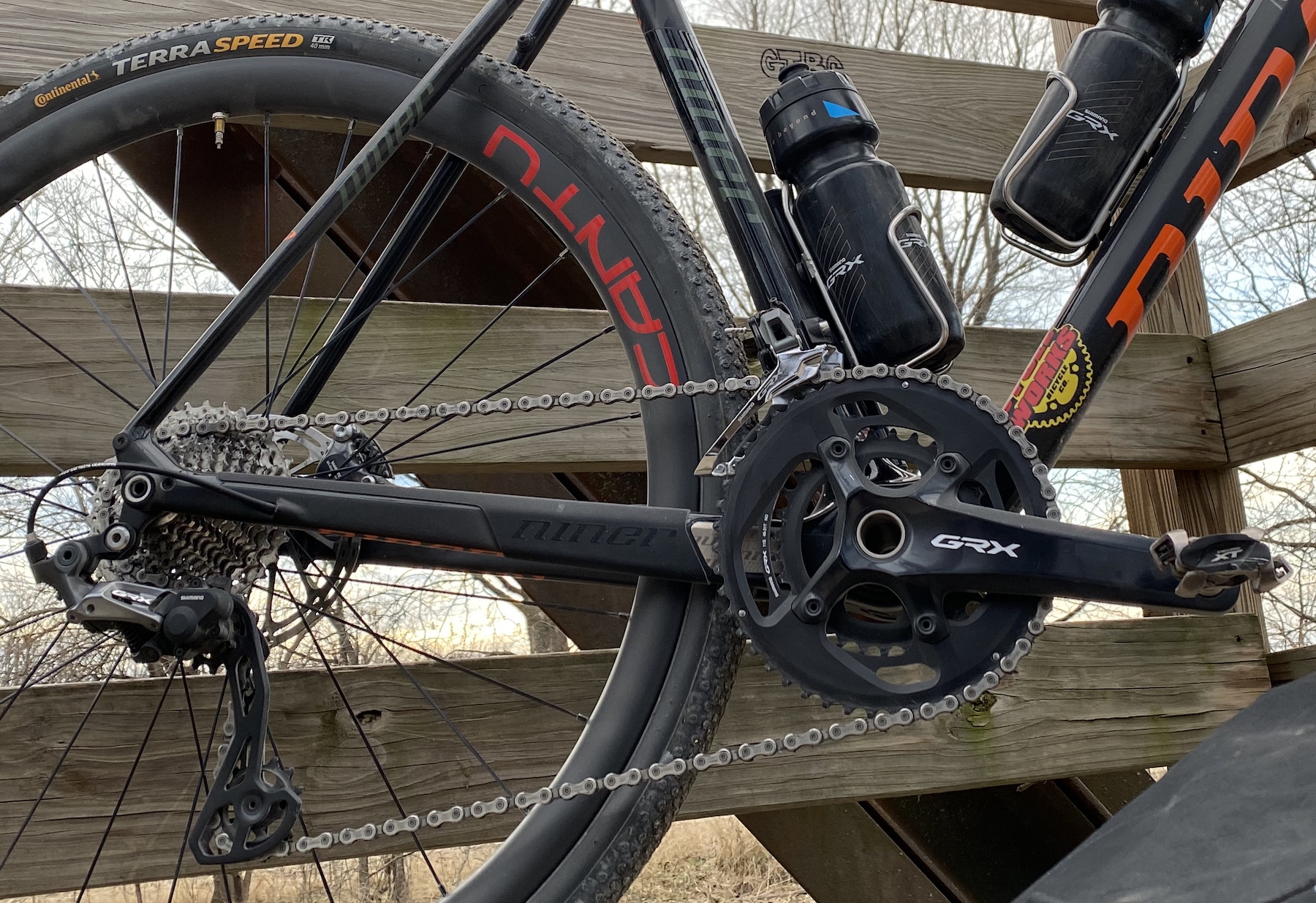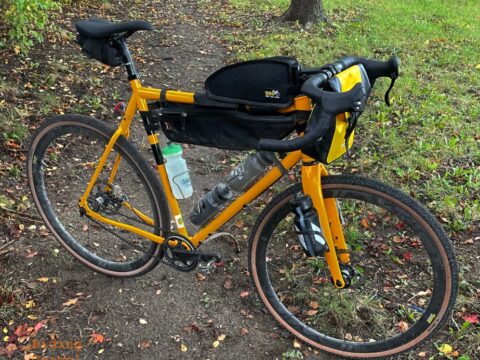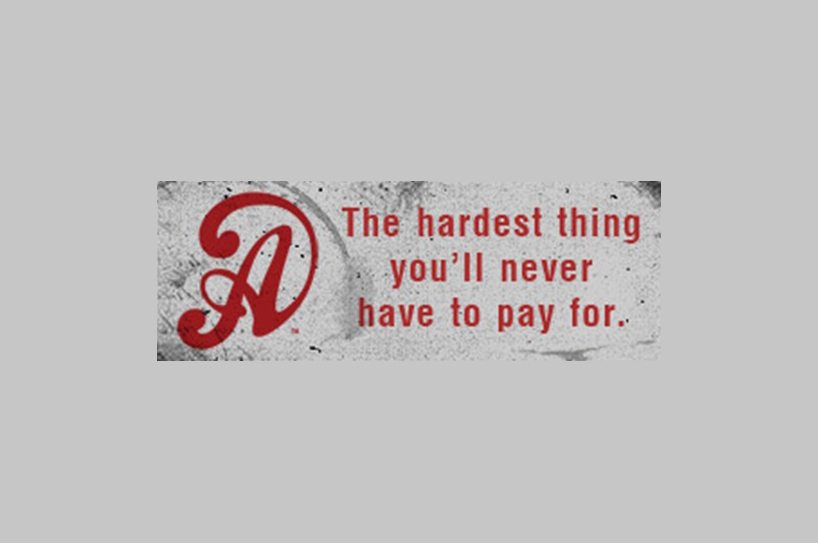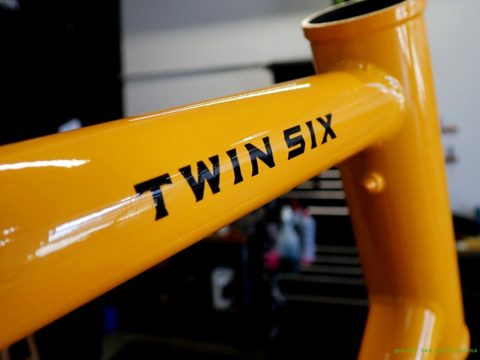Ravemen Lights: Quick Review Part 3 – by Guitar Ted
Note: Riding Gravel purchased a suite of Ravemen lights to test and review. This review is being broken up into three parts to give these lights a fair shake. Please look at the other two Quick Reviews on the Ravemen lights for more. Links will follow at the end of each review. Thanks!

The Ravemen Lights introductory post introduced you to the range of lighting we chose to feature in these Quick Reviews. Check that post out for all of the technical features of each Ravemen light we will be featuring here.
As I wrap up our look at Ravemen lights, I have a go with some of the more budget oriented lights in Ravemen’s range. These maybe are more suited to situations where you want to get noticed, maybe not so much to see where you are going, but as you’ll see, I did see where I was going just fine. While these sorts of lights lack a ton of features and power, they can be used to do a lot of things, and they do get you home if you get caught out after dark. So, let’s take a look at what I used here…..
My choice out of the Ravemen range for this level of product was the CR500. It may seem simple, but it has an aluminum body, instead of plastic, and it also features a wired remote switch, which you can toggle through the modes with, or hit it and hold for maximum intensity when necessary. The lens features Ravemen’s “DuaLens” treatment, just like the higher range lights do. So, it may seem, at first glance and for $45.00, that this is just another cheap light, only it actually has value built in.

Ride Performance: This was the very first Ravemen light I used at night. I checked it out as a commuter light, on gravel, and while bombing through some short bit of single track. I maybe sold the light a little short in the beginning here, because on high it does have 500 Lumens of power, and it has the typical wide-spread and nice diffusion pattern. No weird artifacts or hot spots here, just as with all the other Ravemen lights I tried.
That said, you probably are not going to run this light on high all the time, and your next level down drops this light to 250 Lumens at a claimed 3 hours of runtime. That, in my opinion, is about the bare minimum for casual gravel travel. In my experience, this level of power will not be quite sufficient at down hill speeds approaching 25mph or more. We call that sort of an experience “out-running your lights‘ because by the time your light reveals something you need to avoid, your speed is too great for you to react to it. Something that happens more easily with a less powerful light that doesn’t project enough light to see by up the road or trail.
But for casual paced night time fun? Yeah, this would do. It is built well, it has a decent feature set for the money, and the quality of light you get is very good. The mount is sturdy, (but it does use that not-very-stretchy rubber I mentioned in another Quick Review on these lights), and the mounting system is the same as the higher end Ravemen lights. Obviously, or maybe not- One could use this as a helmet light with the available accessory mount. I used it as a hand-held flashlight many times during the testing period.
The CR500 is actually a pretty great value for under 50 bucks.

On the rear light side we have the TR50 and TR20 lights. Both are similar in form factor with the TR20 being about half the physical size of the TR50. The TR50 has an aluminum body while the TR20 is all plastic. The TR50 is another example where Ravemen have packed a lot into a seemingly simplistic package. As you might expect, it has a 50 Lumen output, but there is more to this light than meets the eye.

On flashing mode, you get the 30 Lumen output on High and a 19 Lumen output on Low. Run times 2.7 hours and 7.6 hours respectively. On flashing modes, of which there are three, you get a 50 Lumen output on the steady flash for a run time of 4 hours. Rapid Flash mode is a 10 Lumen output at 25 hours while the Pulse Flash is 10 Lumens at a 18 hour run time.. The dual row of COB LED’s give the TR50 a bit better side coverage and the size and length of this array makes the light pretty noticeable. Whew! And there’s more…
There is a black, rectangular shaped Power button on the light’s base, but to change modes you use the Touch Sensitive target on the top of the unit. This requires only a finger tap to move between modes. I didn’t try it with full fingered gloves, but I imagine those touch-screen compatible gloves would also work here.
So, what did I think about all of that? For starters, the touch sensitive target button seems a little gimmicky and makes the light a bit overly-complex. All the flash and solid light features are fine, but who can remember all those different run times? I just put it on the regular flash mode and let it ride. As far as a light goes, it’s great. There is that tacky little “O” ring mount, which I mentioned in a previous edition in this series, but you also get a clip built right into the light perfect for light loops on bags. That’s nice to have that option here.
The TR20 is a tiny little thing, which also has five flashing modes, but no touch sensitive target. I found it to be almost too small for my needs, but as Ravemen points out, you can put this one on a helmet, which is a great idea. At a mere 20 grams, it is hardly noticeable.
At The Finish: The CR500 and the TR50 lights seem like they are really good value for the money with their feature sets, but a couple of niggles here keep these two lights from being super. First, the CR500 would score a lot higher with me had it come with a helmet mount. This light screams “Helmet Light” and if the mount had been part of the initial price, (around $45.00) instead of an extra, the value of this light would have skyrocketed with me. That said, it is a solidly built light with a very useful remote. The mount for the handle bar is a bit too stiff again- like the one reviewed for the CL06 tail light. I would hope for a stretchier material here for ease of mounting.
The TR50 is a great little light, costs about 30 bucks, and is slim enough for the seat stays, yet perfect on a seat tube or even a helmet, if you don’t mind the weight. I liked that the “O” ring mount is adjustable for angle, which allows a proper aim to be set rearward. However; I’m just not comfortable relying on the small “O” ring provided with the unit, nor with the reliance on a small patch of rubber to stabilize the light on your bike. I’d feel a whole lot better with a heavier “O” ring, and even better- a proper band as the CR500 and CL06 lights have. Otherwise, this is a great little light.
The TR20 is perfect for an addition to another light with more power, or as a helmet light, since it weighs so little. Otherwise, this is a light that comes in a bit too small and too weak to make a dint in the sort of riding I’d want it for. Cost is about 15 dollars for this unit.
For more on Ravemen Lights see their website here: http://www.ravemen.com/
Links: Quick Review Part 1 – Part 2
Riding Gravel purchased the Ravemen lights on test and review here for a discounted price from a distributor. We are not being paid, nor bribed for this review, and we always strive to give our honest thoughts and views throughout.


